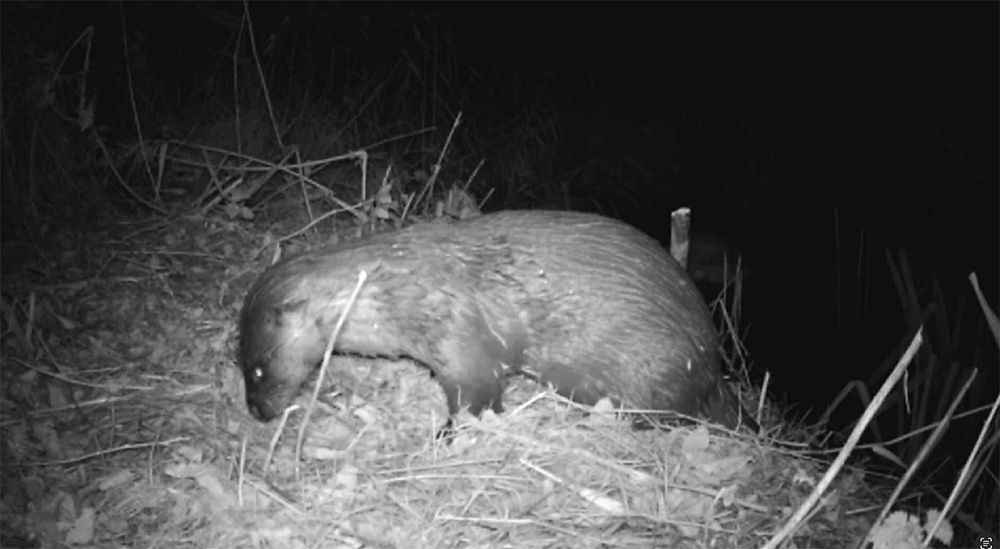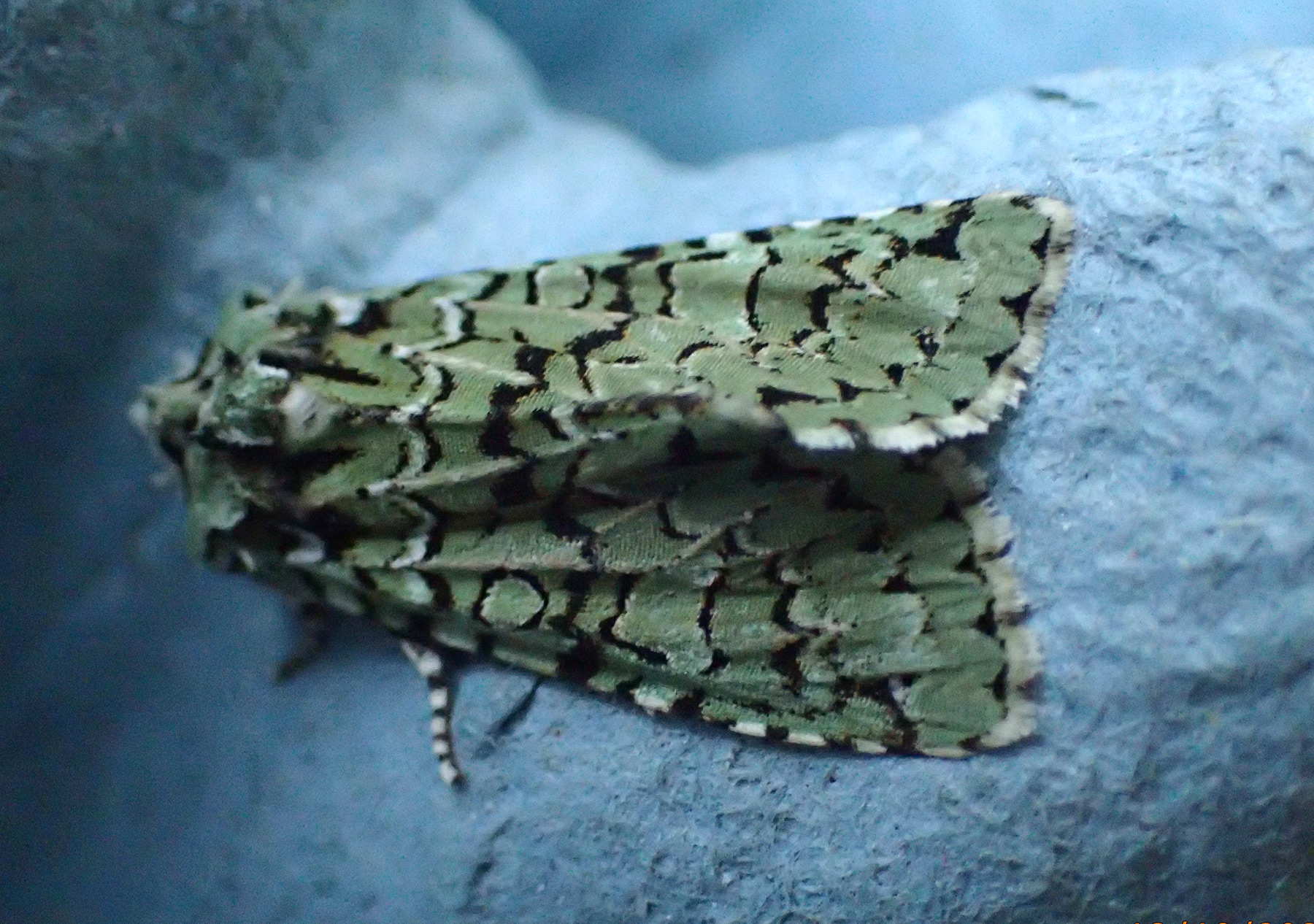Earlier this month, our survey team captured this stunning clip of an otter coming out of the water at Townend Field Nature Reserve!
A Snapshot of the Species
- Average size: Adults typically measure about 1.0šC1.3 metres in overall length (including tail) and can weigh up to approximately 9 kg.
- Diet: They are primarily fish-eaters (around 80% of their diet). But they are opportunistic: amphibians, crustaceans, small mammals and birds may also feature.
- Territory & lifestyle: Otters tend to live solitarily and maintain large stretches of river or waterway for their home range. For example, a male may require a territory of up to 30 km of riverbank in some areas.
Conservation status:
- Globally: Listed as Near Threatened by the IUCN.
- In the UK: Fully protected under the Wildlife and Countryside Act 1981 and listed as a ¡°Priority Species¡± under the UK Post-2010 Biodiversity Framework.
Numbers & Recovery in the UK
Once pushed to the brink by pollution, habitat loss and hunting, British otters have staged an impressive comeback.
- In the mid-20th century they were declining sharply, with populations in many parts of England and Wales all but wiped out.
- Today estimates suggest around 10,000 to 11,000 individuals in the UK.
- In Scotland alone, the population is estimated at about 8,000 otters, making it a stronghold for the species. England currently has far less.
- This recovery is a strong indication of improving water quality and habitat restoration, though challenges remain.
What to Look for: Signs of Otter Activity
One of the clearest signs that an otter has been nearby is the presence of spraint.
- Spraint (otter droppings) are usually deposited in prominent places beside water: rocks, logs, banksides.
- The otter captured on our borrowed wildlife camera trap, shows it left spraint by the stream shortly after it climbed out.
- They often contain fish scales, bones and shells, reflecting the otter¡¯s diet.
- Their smell is distinctive ¡ª said by some to resemble freshly-mown hay when fish©\based, sometimes like jasmine tea, or less pleasant if feathers/hair are present.
- These spraint sites are used by otters as scent markers, conveying information about presence, territory and perhaps even identity.
Why They Matter & How You Can Help
Otters are not just charming creatures ¡ª they are bio-indicators of the health of our rivers and wetlands. Their presence hints at good food supply, clean water and intact riparian habitat. Improvements in water quality and the banning of certain harmful pesticides have played a key role in their revival.
At the Upper Ouse Conservation Trust, we have worked closely with the drainage board who previously sprayed the banks of the stream with chemicals to keep the water flowing freely. They have agreed to no longer use chemical sprays and we have collaborated on a management plan that keeps nature at the forefront of our minds when they carry out any required work.
What you can do:
- When walking by rivers or streams, minimise disturbance: keep dogs under control near water edges. Our footpath through Townend Field allows for dogs on short leads when there are no sheep in the field and no dogs at all when sheep are grazing. The lower field (Long Carr) is an area that is particularly wildlife sensitive, so no dogs are allowed.
- Report sightings or sign of otters (spraint, slides in banksides) to local wildlife or river trusts ¡ª or if it is at Townend Field Nature Reserve, please let us know via our website. These records help track population health.
Keep your eyes peeled¡


